Consolidated Liberator B-24 / F-7
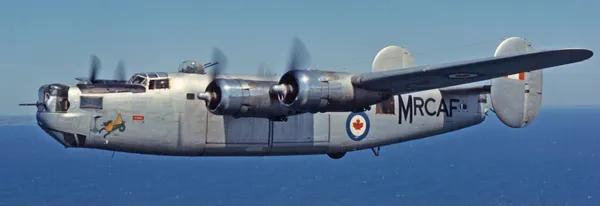
Consolidated Liberator G.R. Mk. VIII, RCAF (Serial No. 11130) ex-USAAF Consolidated (Vultee) B-24L Liberator USAAF (44-50154)
ex-RAF (Serial No. 5009), ex-Indian Air Force (Serial No. HE773).
Currently preserved in the Canada Aviation and Space Museum Ottawa Ontario.
The Consolidated B-24 Liberator was an American heavy bomber flown by the RCAF during the Second Word War. It was designed with a shoulder-mounted, high aspect ratio Davis wing which gave the Liberator a high cruise speed, long range and the ability to carry a heavy bomb load. Early RAF Liberators were the first aircraft to cross the Atlantic Ocean as a matter of routine. In comparison with its contemporaries the B-24 was relatively difficult to fly and had poor low speed performance; it also had a lower ceiling compared with the Boeing B-17 Flying Fortress. Of the roughly 18,500 B-24s built in the USA during the war, 148 were flown by the RCAF on long range anti-submarine patrols, with the B-24 serving an instrumental role in closing the Mid-Atlantic gap in the Battle of the Atlantic. The RCAF also flew a few B-24s post war as transports.
Roughly half of all (RAF) Liberator crews in the China-Burma-India (CBI) Theatre were Canadian by the end of the war. John Muir of Vancouver flew the longest mission of the war: 24hrs, 10mins from Ceylon to Burma and back. (Kyle Hood) Harold Skaarup web page
last update: 2021-09-18 19:06:22
Liberator AM261
Was US YB-24 s/n 40-699. Crashed into mountain range near Arran, Scotland in rain, overcast, and low visibility due to navigation error. 22 killed.Walker
Written off (destroyed) 10.8.41: Crashed in cloud into the hillside of Mullach Buidhe 2,366ft, near Brodick on the Isle of Arran, ca. 41 km WNW of Heathfield (RAF Ayr). The aircraft had take off from Heathfield (Ayr) to fly to Gander in eastern Canada with ferry crews onboard with the intention of those crews ferrying new aircraft back across the Atlantic. Shortly after take off the aircraft entered cloud and flew into Mullach Buidhe near the head of Coire Lan. The flight crews onboard were from Royal Air Force Ferry Command, Air Transport Auxiliary and British Overseas Airways Corperation. All 22 of the crew and passengers perished in the crash making it the worst crash on Arran. This aircraft had been used less than two weeks earlier to fly the Duke of Kent across the Atlantic, the first such time a member of the royal family had crossed the Atlantic by air.
All 5 crew and 17 passengers on board were killed:Ernest Robert Bristow White Captain BOAC Pilot KilledFrancis Delaforce Bradbrooke Captain ATA Co-pilot Killed,James Josiah Anderson Captain RAFFC Passenger Killed, Ralph Bruce Brammer Radio Officer RAFFC Passenger Killed, John Beatty Drake Radio Officer RAFFC Passenger Killed, Daniel Joseph Duggan Captain RAFFC Passenger Killed, Henry Samuel Green Radio Officer BOAC Passenger Killed, George Thomas Harris Captain RAFFC Passenger Killed, Hoyt Ralph Judy Captain RAFFC Passenger Killed, Wilfrid Groves Kennedy Radio Officer RAFFC Passenger Killed, Watt Miller King Captain RAFFC Passenger Killed, George Laing Radio Officer RAFFC Passenger Killed, William Kenneth Marks Radio Officer RAFFC Passenger Killed, Hugh Cameron McIntosh Radio Officer RAFFC Passenger Killed, Albert Alexander Oliver Radio Officer ATA Passenger Killed, George Herburt Powell Radio Officer ATA Passenger Killed, John Evan Price Captain RAFFC Passenger Killed, Herbert David Rees Radio Officer ATA Passenger Killed, Ernest George Reeves Flight Engineer RAFFC Passenger Killed, John James Rouleston First Officer RAFFC Passenger Killed, Harold Clifford Wesley Smith Captain RAFFC Passenger Killed, Jack Wixen Captain RAFFC Passenger Killed
All but one of the crew and passengers were buried on the Isle of Arran, the one who wasn't, Radio Officer Henry Green, was buried at Brookwood Military Cemetery in Surrey.
According to the RAF investigation team, the accident was caused by a navigation error on part of the crew who followed a heading of 295° shortly after take off instead of 012°. It resulted in a deviation of the aircraft which was flying 15 km north of the initial track. The crew was unable to know his real position due to low visibility and the absence of ground visual references.
The Liberator was being operated by the Atlantic Return Ferry Organisation. It took off from Heathfield bound for Canada carrying personnel intended to fly new aircraft back to the UK. The persons on board were mainly from Ferry Command, RAF, with a few from the Air Transport Auxiliary and BOAC. Aviation Safety Network


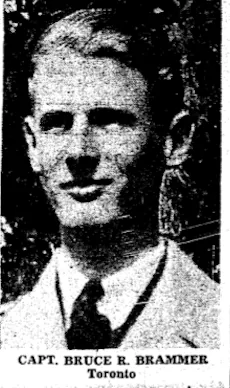

 Aviation Safety Network
Aviation Safety Network Commonwealth War Graves Commission
Commonwealth War Graves Commission Finadagrave.com
Finadagrave.com Toronto, Ontario
Toronto, Ontario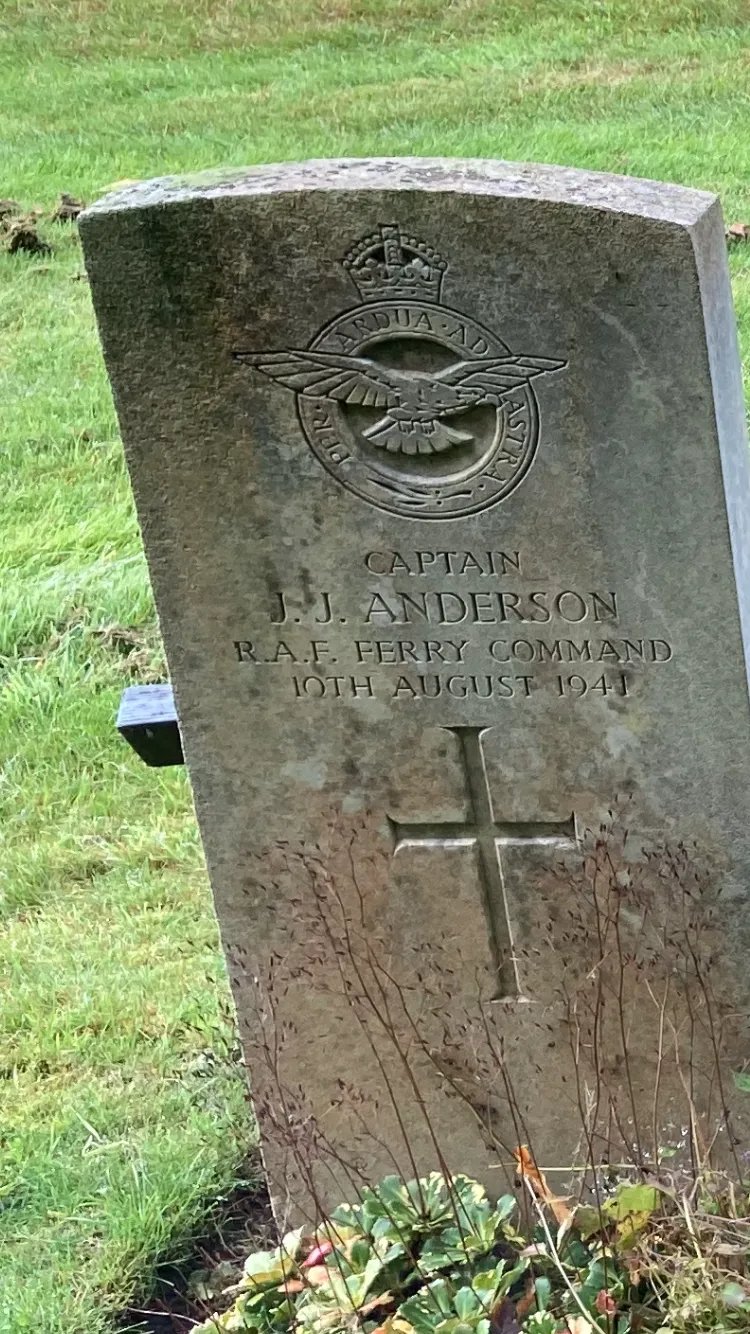
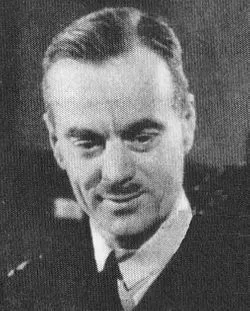
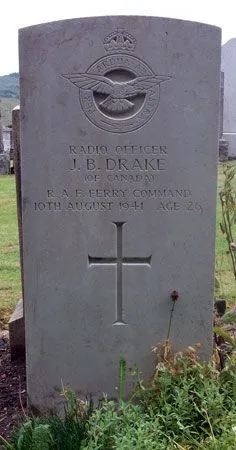
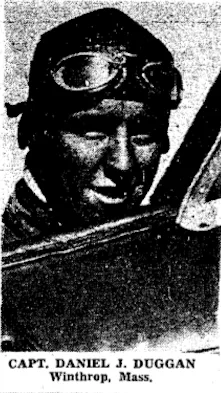

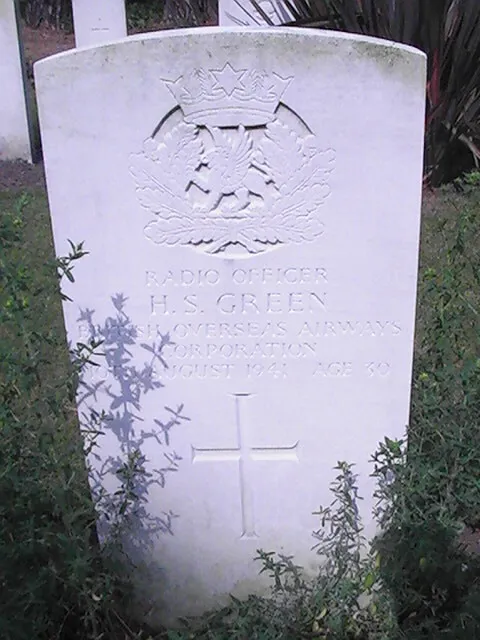

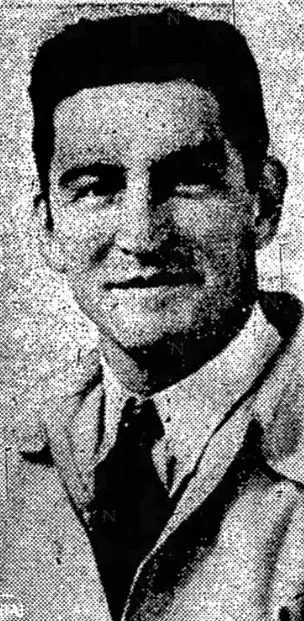
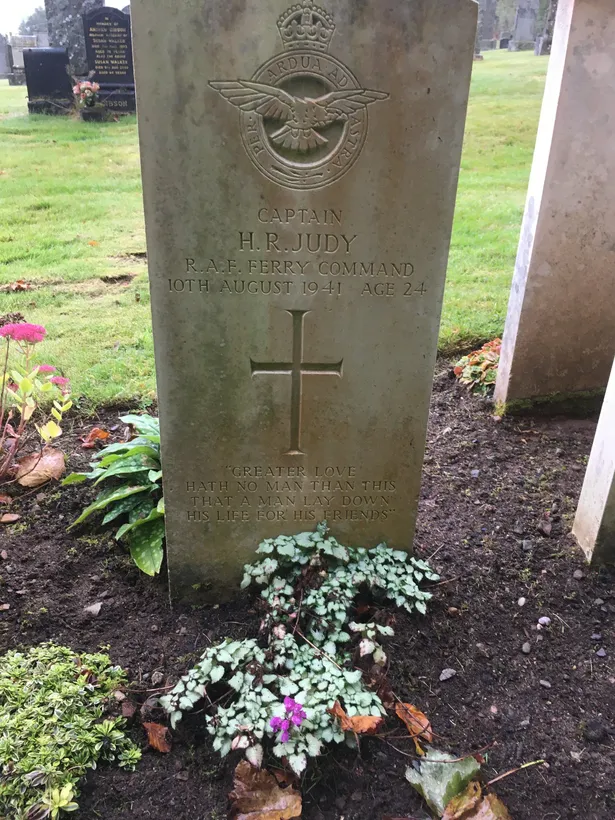
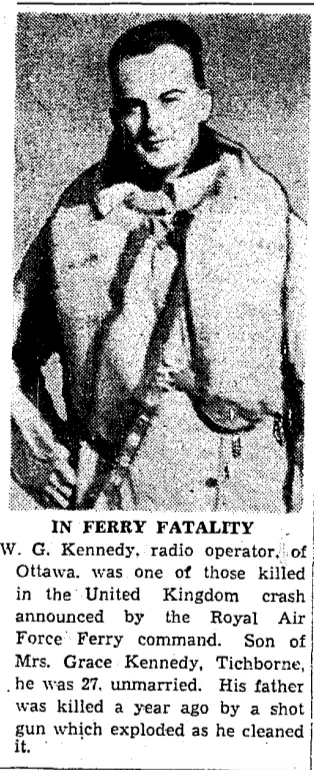
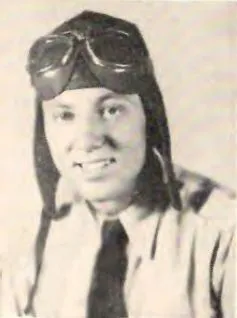
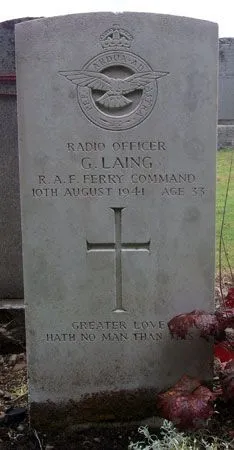
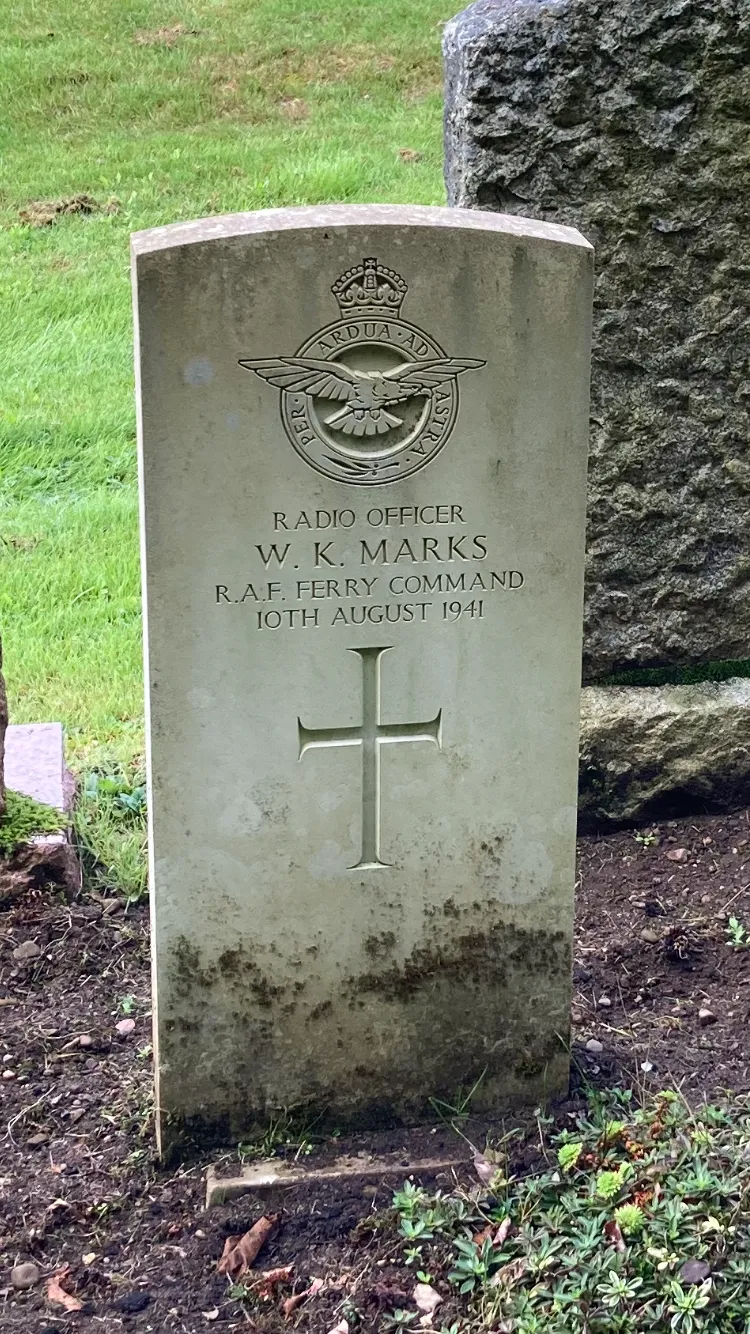
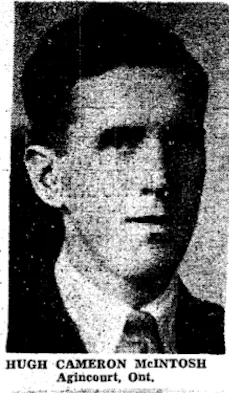
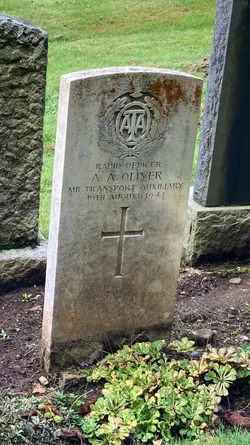
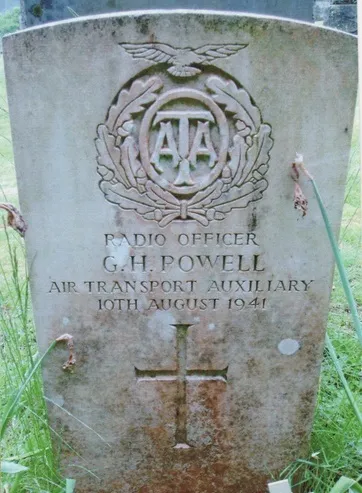
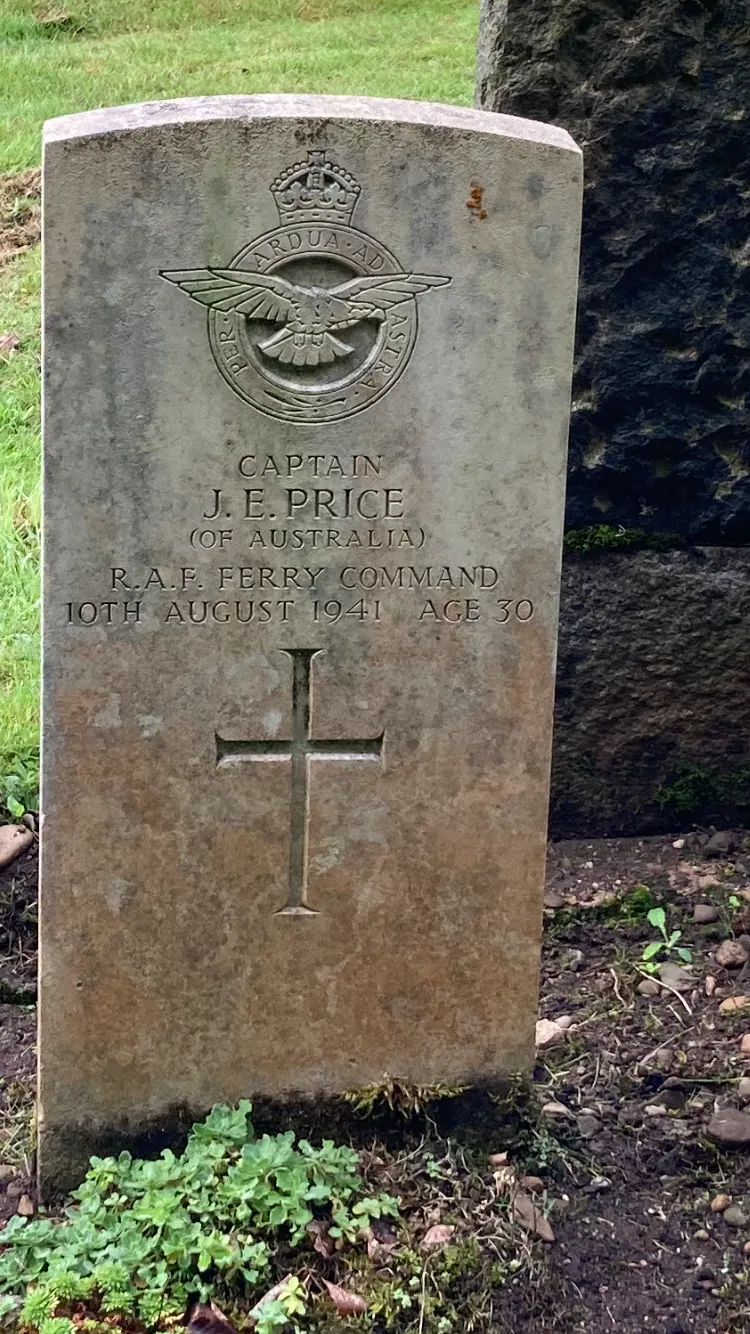

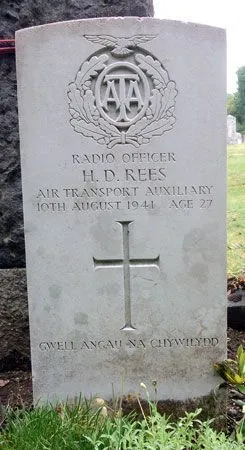
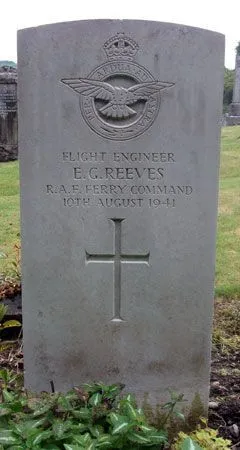
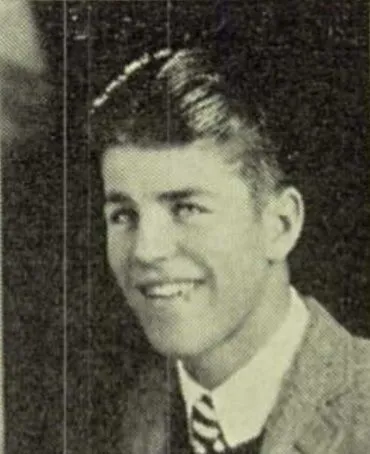
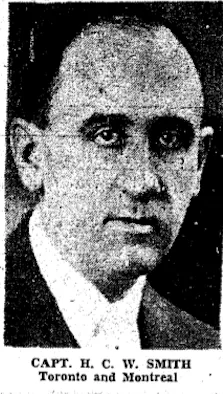
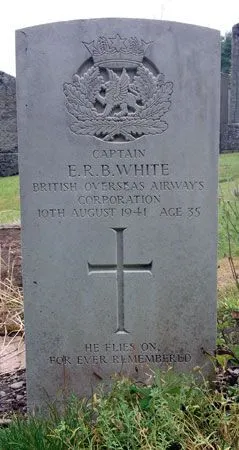
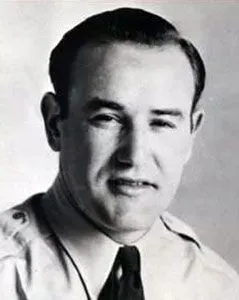
 Liberator bomber
Liberator bomber Wikipedia Liberator bomber
Wikipedia Liberator bomber